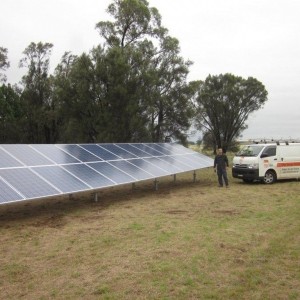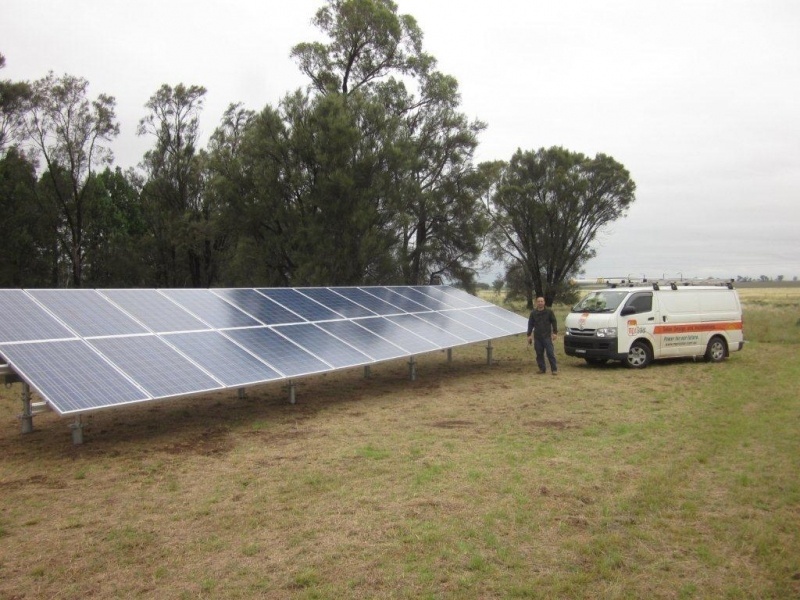The humble city of Dubbo has emerged as the solar power capital of Australia, with more than a quarter of the houses in one postcode generating their own electricity from rooftop panels.
Despite the government cutting subsidies, data shows that the boom in photovoltaic solar panel continues.
Residents living in regional and city suburbs with lower-than-average incomes are shown to use solar power more than those in higher-income areas, according to the Clean Energy Council.
”Solar panels are fast becoming the Hills Hoist of the 21st century,” the council’s acting chief executive, Kane Thornton, said.
In one Dubbo postcode area, postcode 2830, 28 per cent of households have installed solar power. This is slightly ahead of Caloundra in Queensland, with 27.3 per cent.
The second best-performing solar postcode in NSW is number 2477, which includes Alstonville, Rous and Meerschaum Vale on the north coast, where 21.2 per cent of households have installed solar panels.
Most of the other major solar-generating areas are in Queensland, which retains the most generous subsidies, and in South Australia. In NSW, about 8.5 per cent of homes have rooftop solar panels, compared to a national average of 9 per cent.
The figures are skewed towards regional areas that get plenty of sun, those with a high proportion of retirees and some coastal communities. In cities, suburbs with lower incomes, situated near the edges of metropolitan areas, tend to have installed more panels per capita than richer areas.
In Sydney, the Blacktown district has the highest concentration of panels. The city’s top solar postcode is 2147, covering Seven Hills, Seven Hills West, Lalor Park and Kings Langley.
“With the price of panels now about a third of what it was just three years ago, many people see solar power as a way to save on their energy bills as well as do something for the environment,” Mr Thornton said.
The data comes from the former Office of the Renewable Energy Regulator, which has been amalgamated into the federal government’s Clean Energy Regulator as part of the carbon price plan.
Postcodes with fewer than 3500 people were removed from the list, to avoid skewing the data.
Australia has a renewable energy target of 20 per cent, to be achieved over the next eight years.
Most of the growth is expected to be made by wind turbines, which are cheaper than rooftop solar panels and large-scale, baseload solar power stations.

